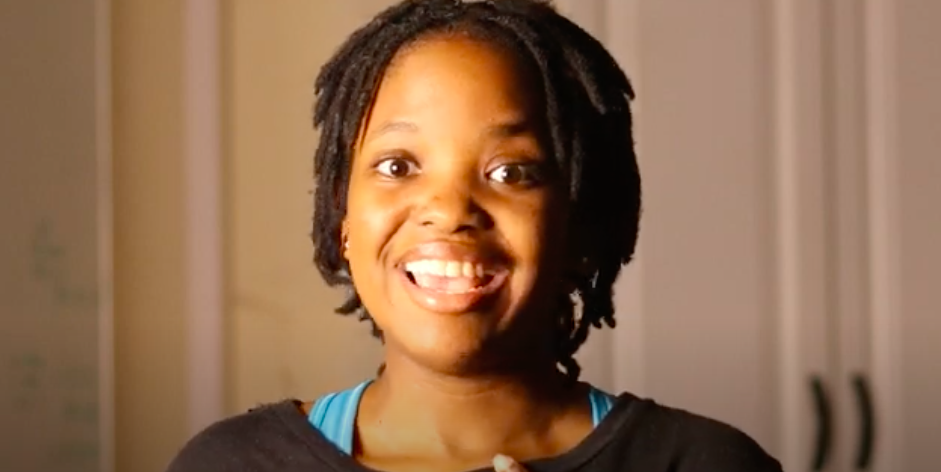Earlier this month, the Fieldston community was joined by a young marimba ensemble, the Maru-a-Pula group from Botswana. The group performed a number of original songs on traditional marimba instruments in the student commons, where they were accompanied by percussion teacher Scott Latzky who had joined them the previous year in Botswana on his sabbatical.
The Maru-a-Pula group played on several different variations of the marimba instrument, where pitches ranged from high soprano to bass, producing a captivating sound. One student, 11th grader Arya Gupta, mentioned, “I thought the way they danced and sang while playing music made it really lively and fun to watch. It was also really cool seeing how they memorized so many different songs and played with no sheet music.” The group not only used the instruments to create sound, but performed using their bodies; clapping, whistling, shouting and dancing, all throughout songs.
The performers are all high school students who attend the Maru-a-Pula school in Botswana. Most students are exposed to marimba at a very young age and those who wish to continue, can join the percussion group. The members of the group are dedicated to practicing even when school is not in session. On his first day, before the school year had officially begun, Mr. Latzky was on the campus and, “heard this amazing music, so [he] followed the sound and was led to this classroom where the students were all practicing songs…it was like a preseason for music.”
The history of the instrument is also very special to Southern Africa. Mr. Latzky explained that because of the history of colonization for many countries in the region, at the time of independence, Zimbabwe in particular decided to create a national instrument; an adaptation of the traditional marimba that had been around for hundreds of years. “They invented this marimba…they had a group of musicians at a university decide what the instrument was going to be and how to tune it and make it,” he explained, adding that one of the ‘inventors’ Alport Mhlanga, who was among that first group, circa late 1960’s, was later hired to bring the instrument to the Maru-a-Pula school in Botswana. From there it dispersed across many different parts of the country and even South Africa. Effectively, the Maru-a-Pula school introduced the marimba to Botswana and continues to be a very active center for percussion education.
Fieldston’s own percussion ensemble had the opportunity to watch the performance, speak with the musicians and try out their instruments afterwards. We currently have 2 marimbas in our percussion ensemble that look and sound somewhat different from theirs. The experience made a lot of us think about these instruments in a different light and appreciate their cultural significance.






